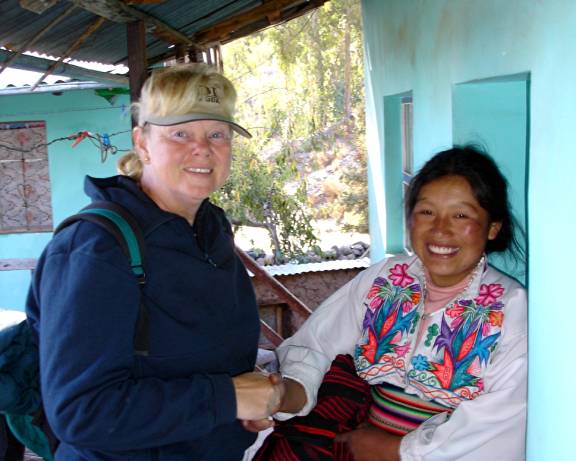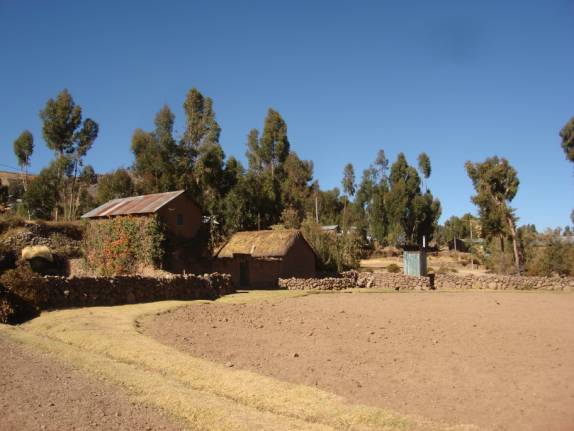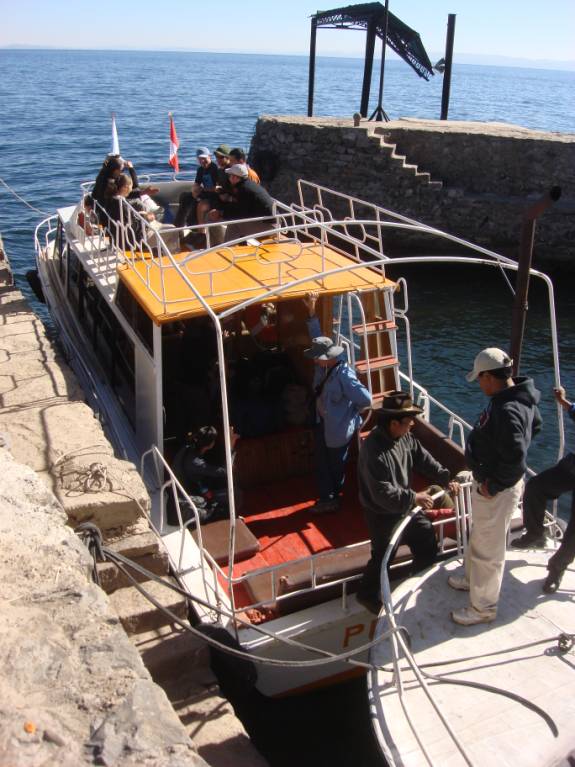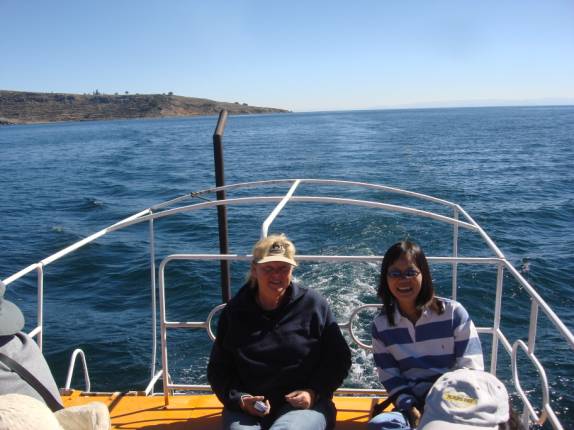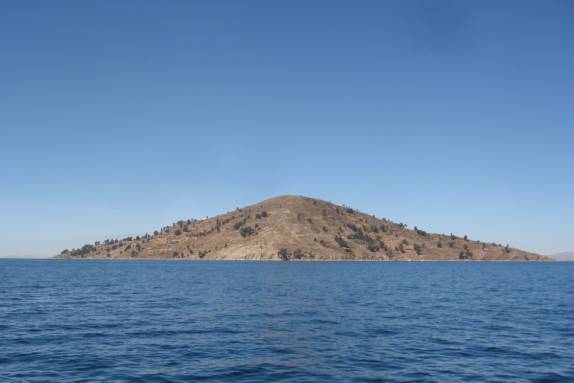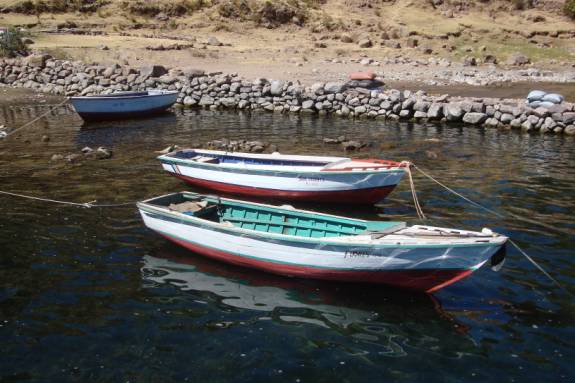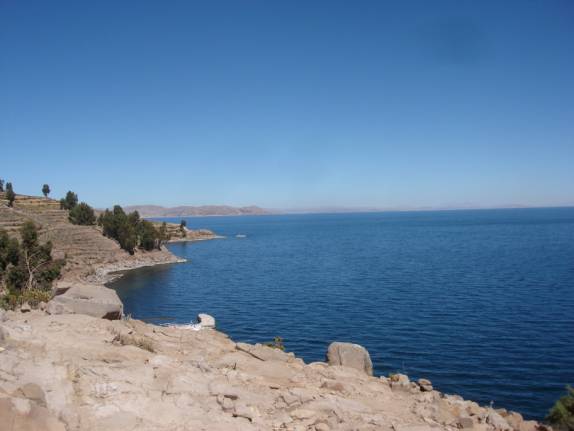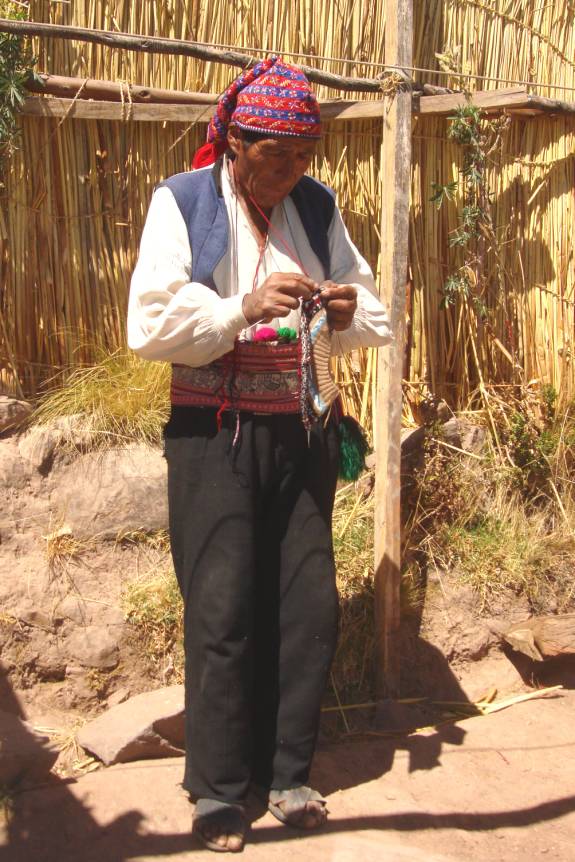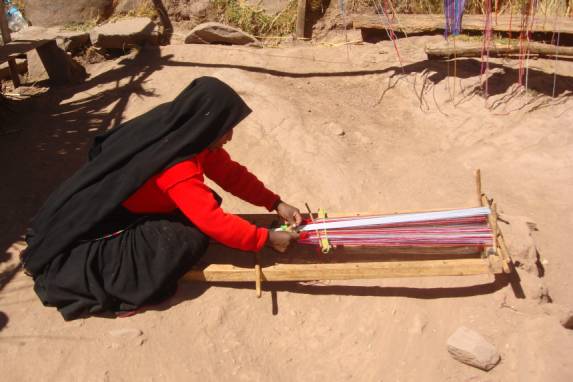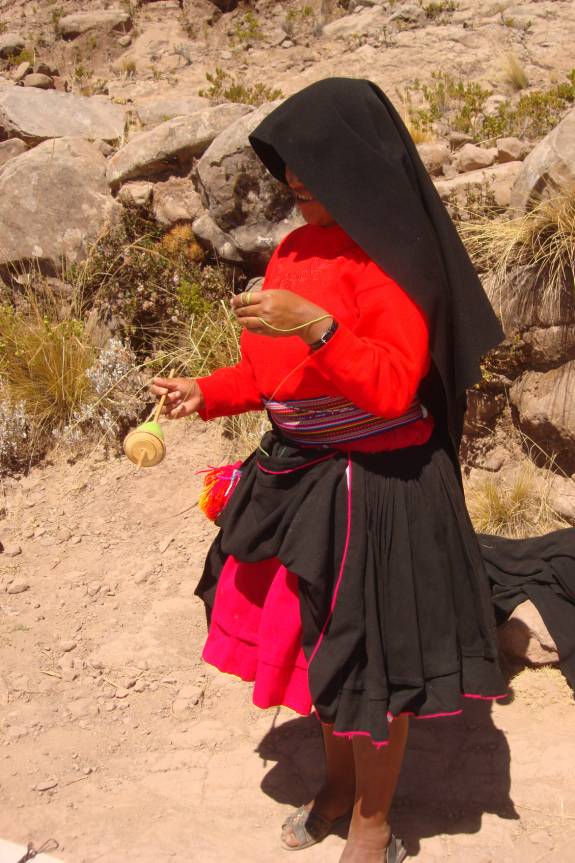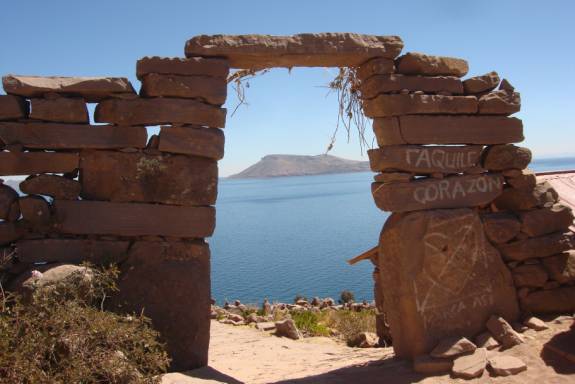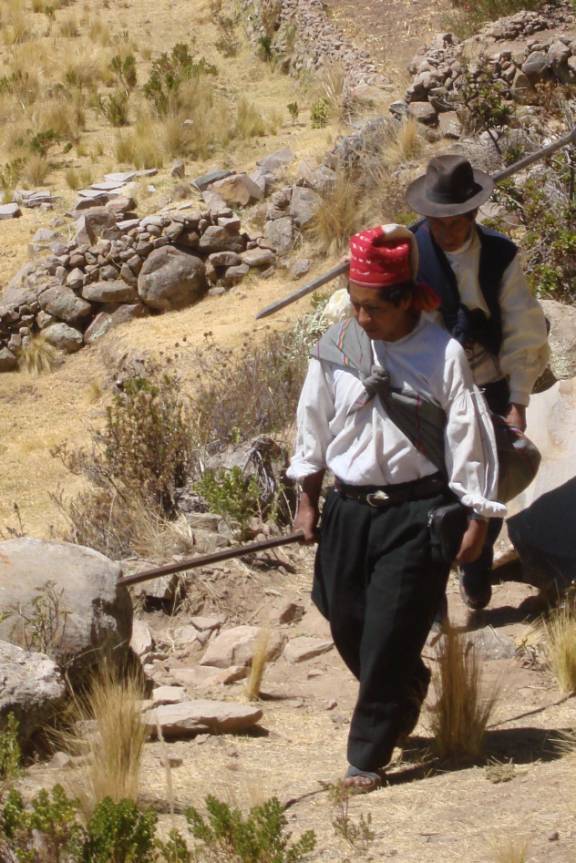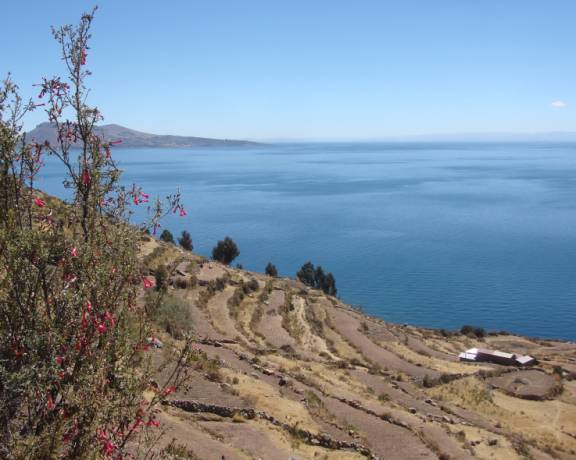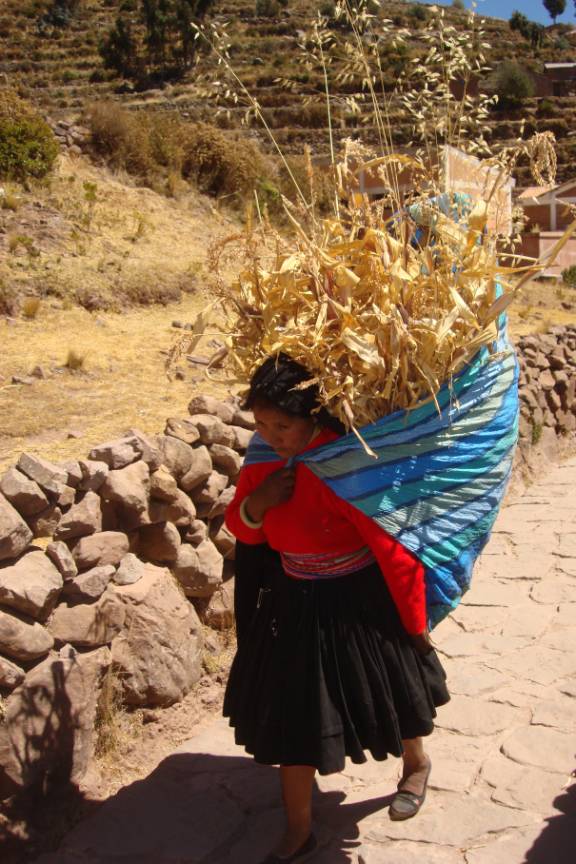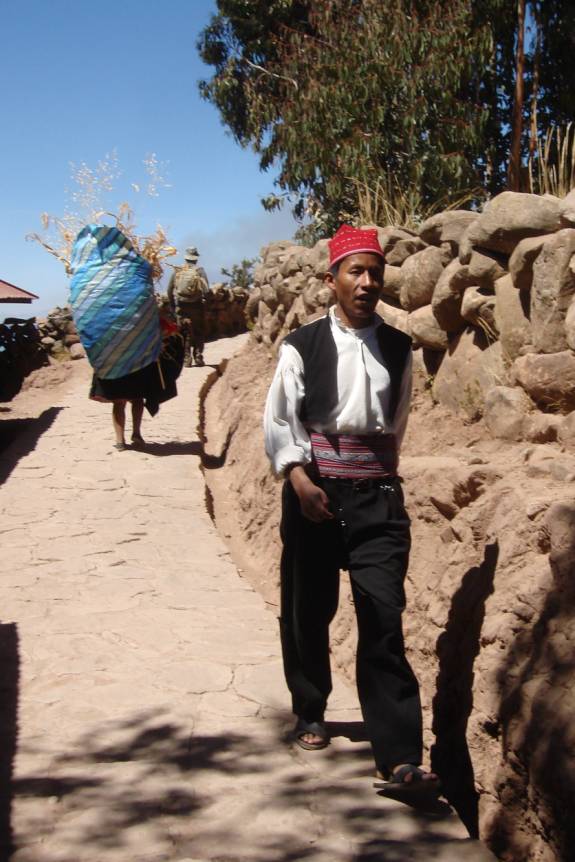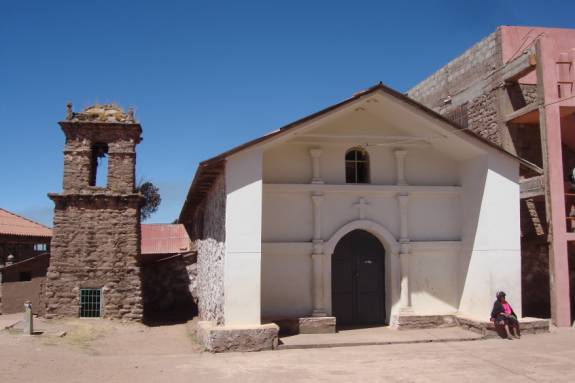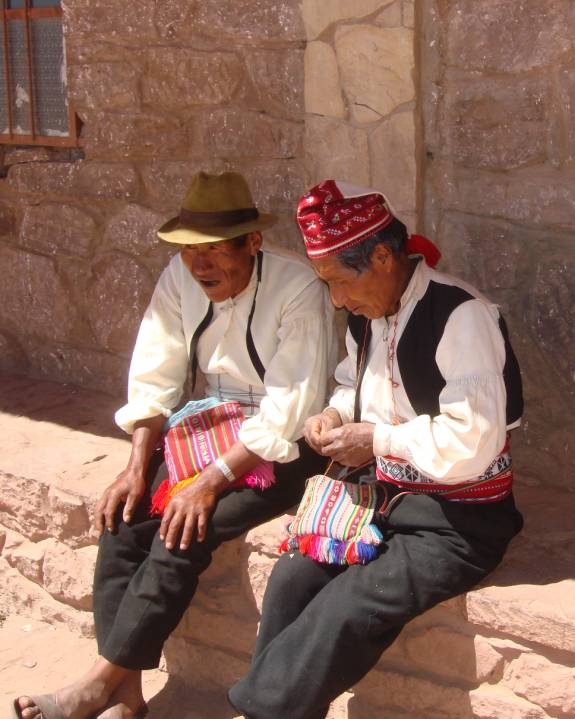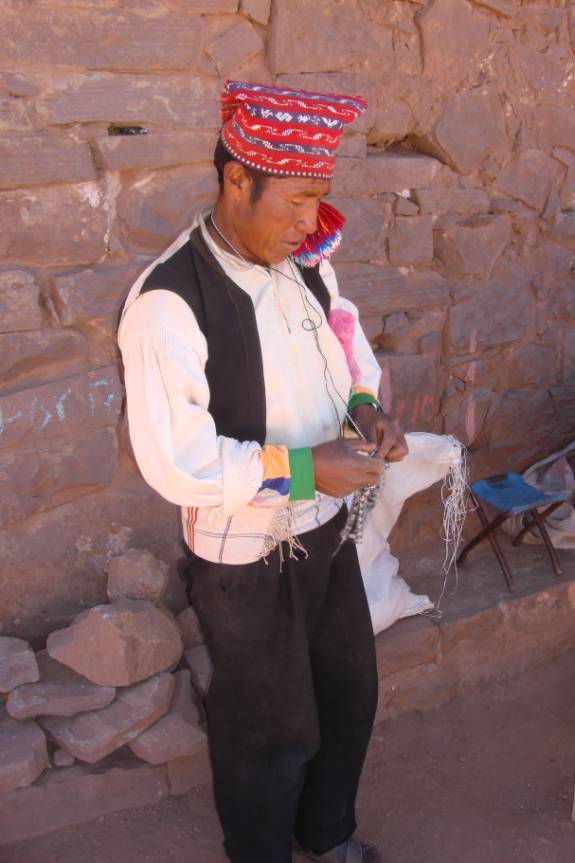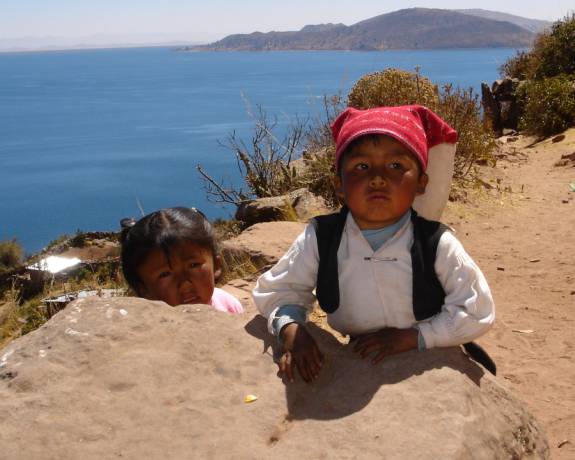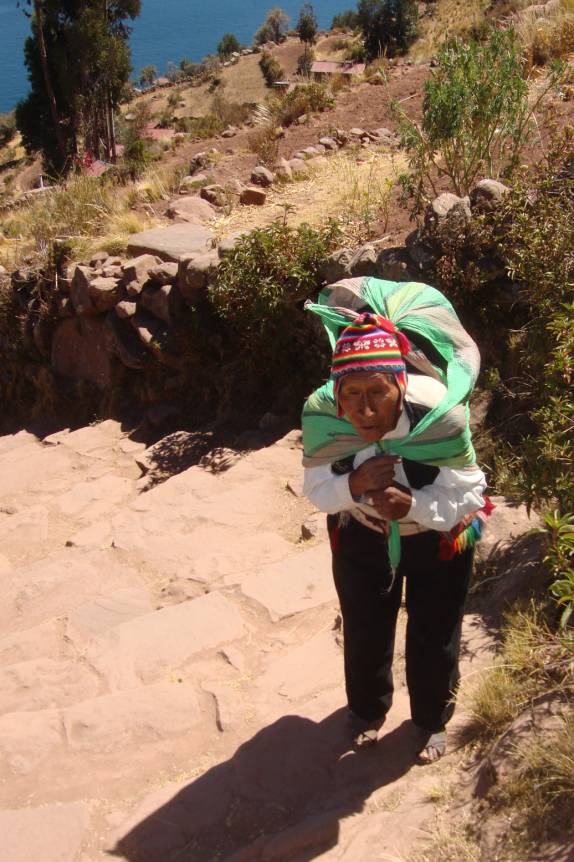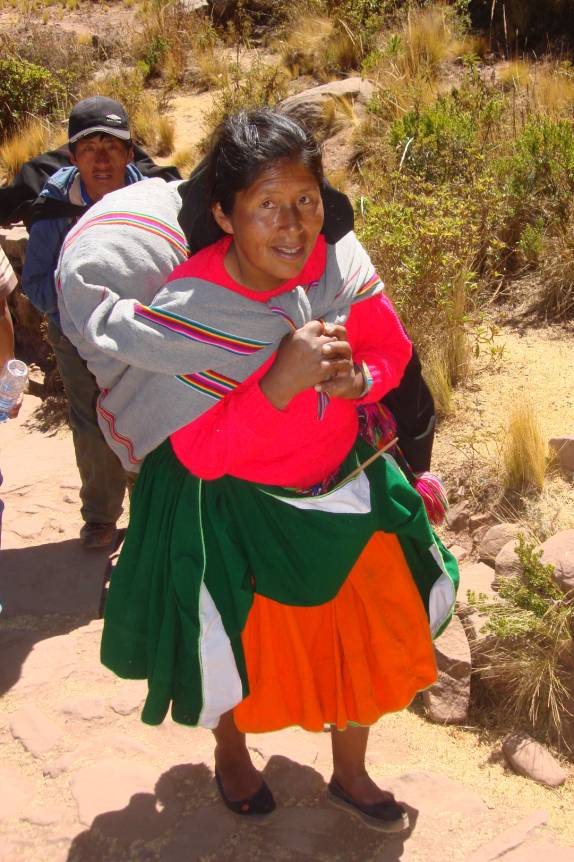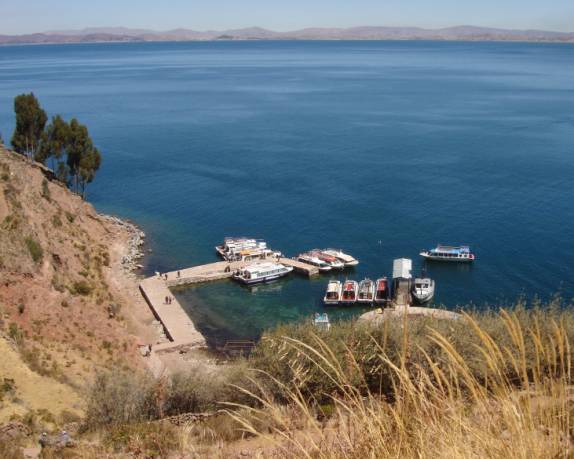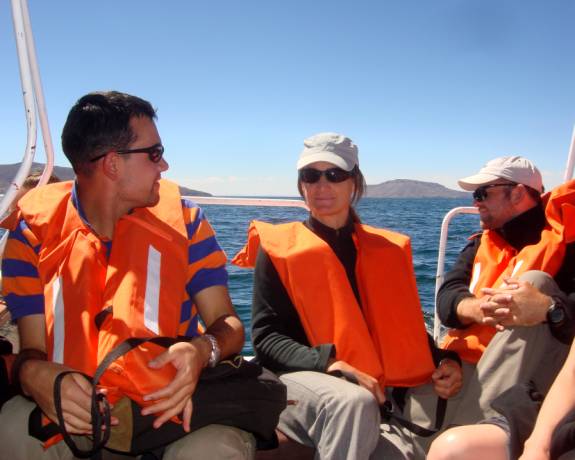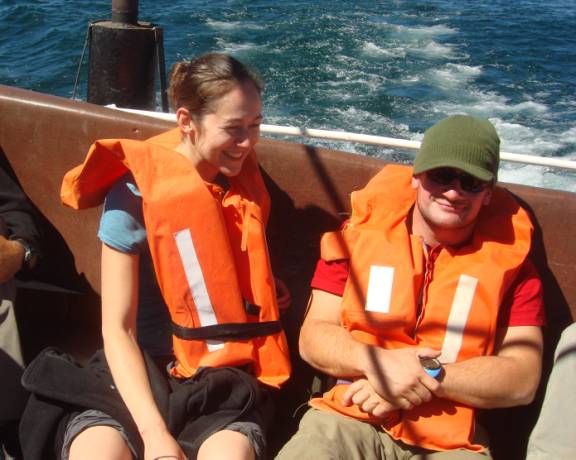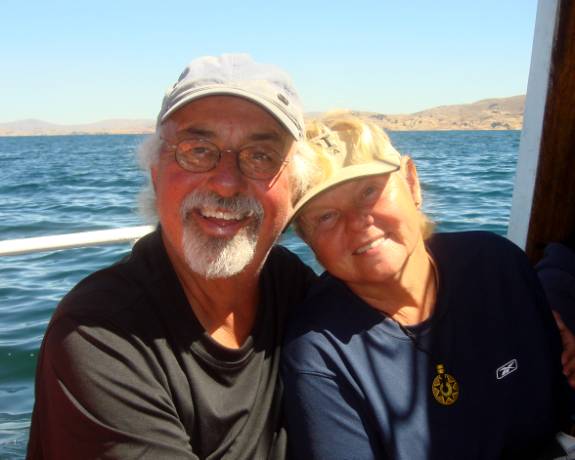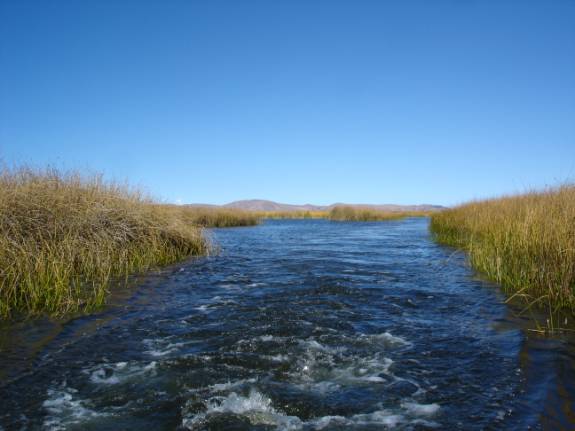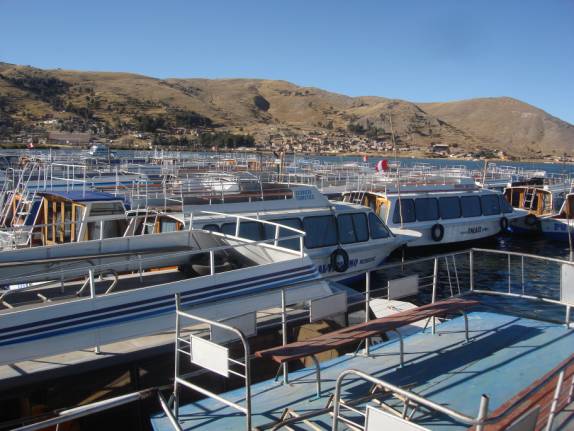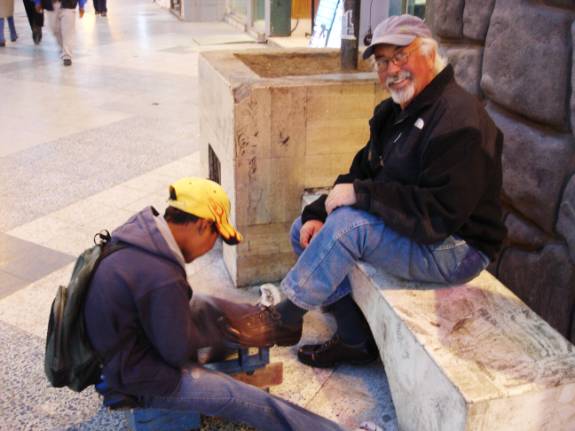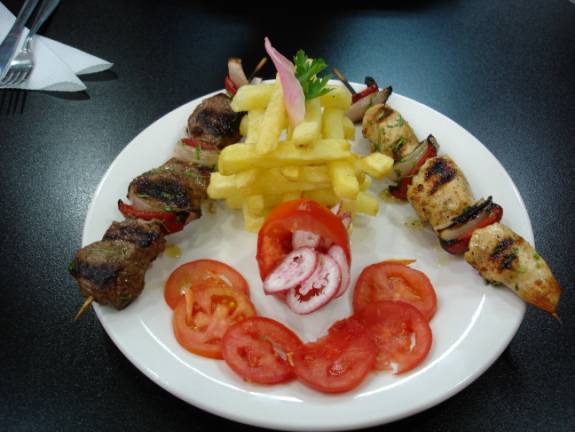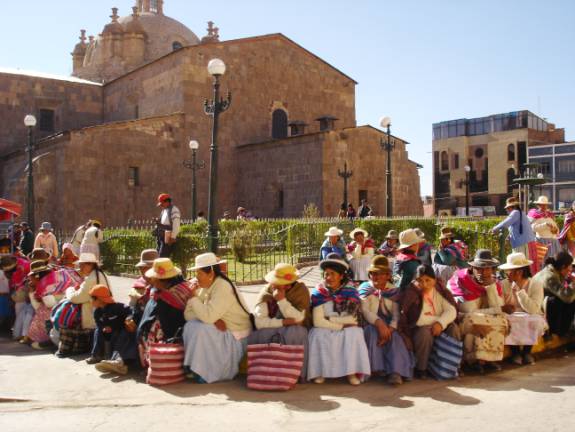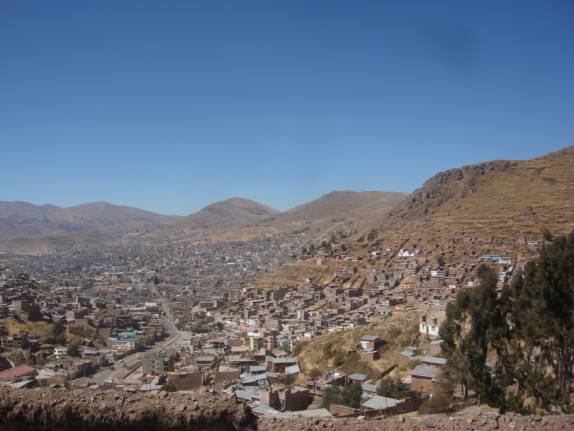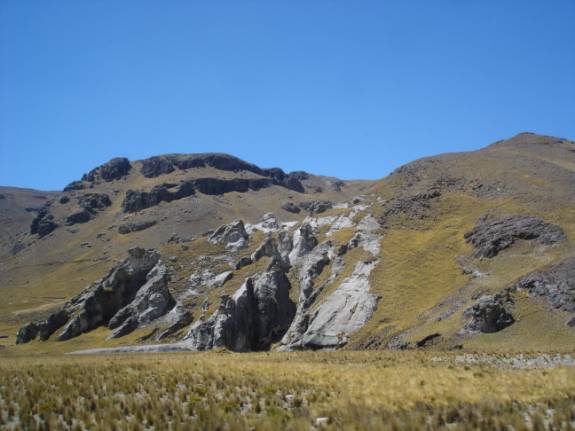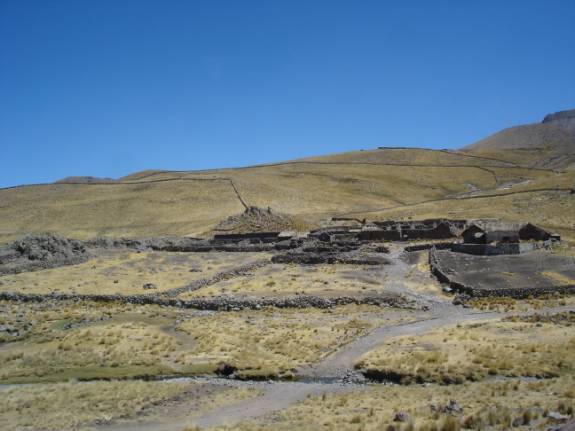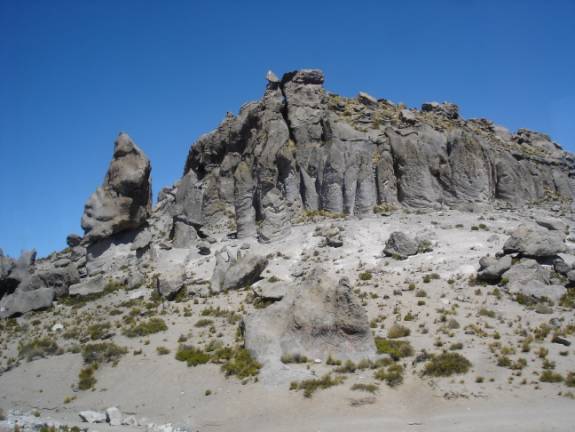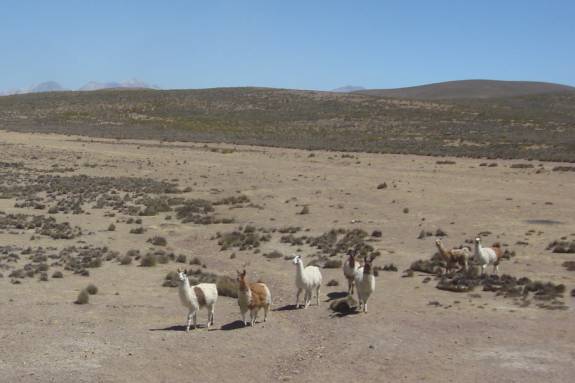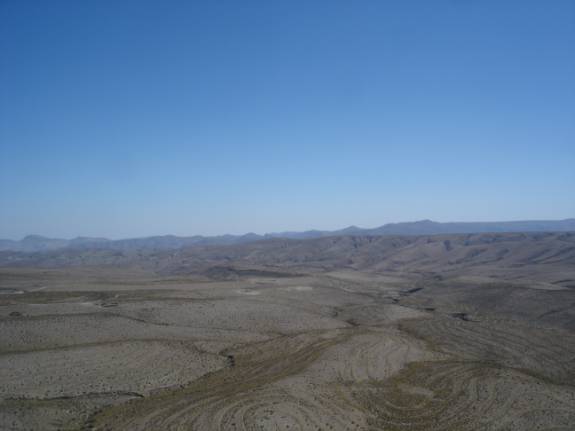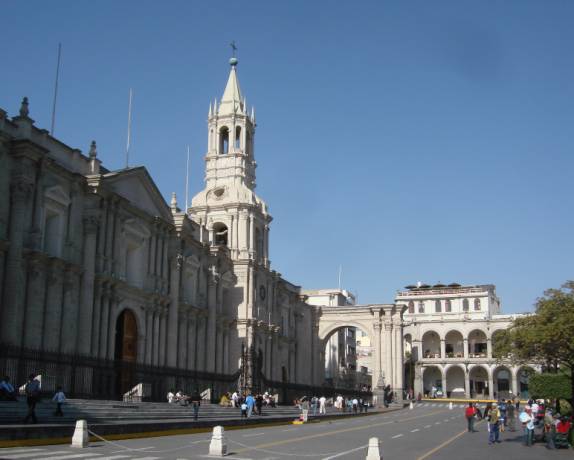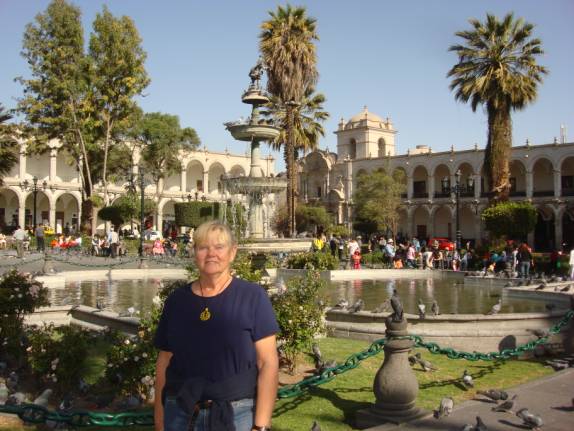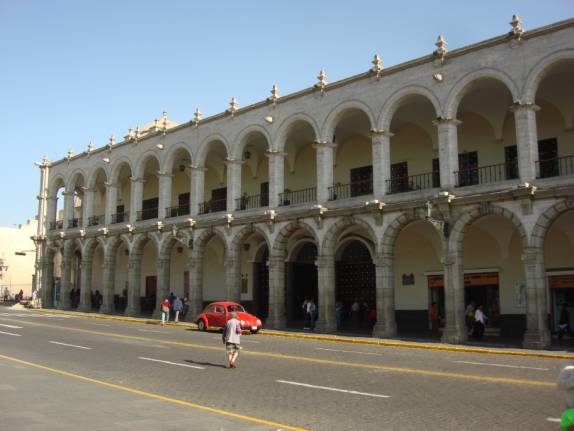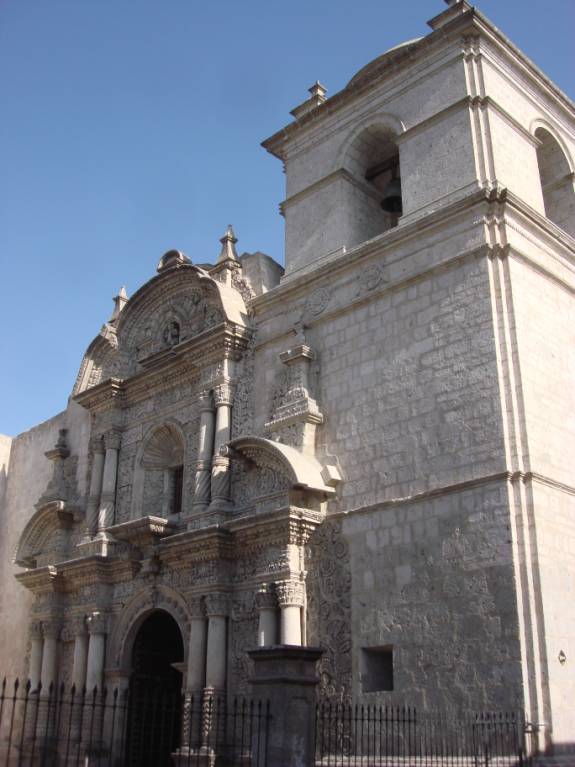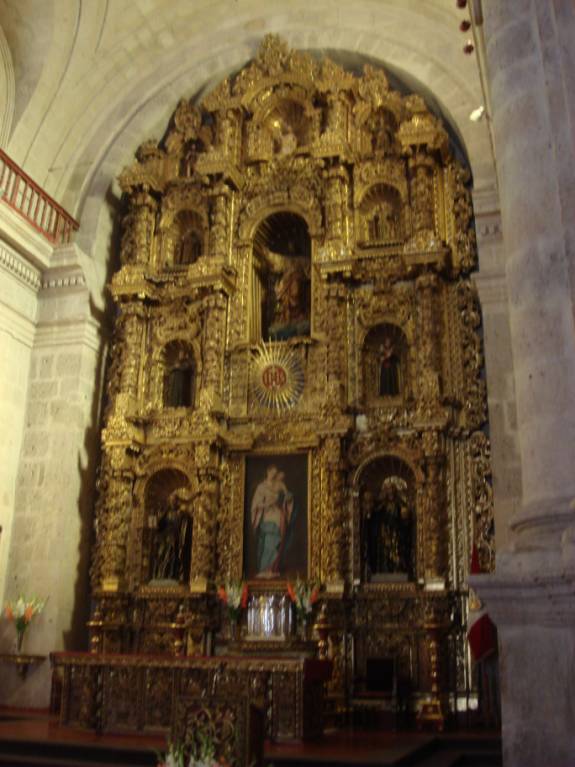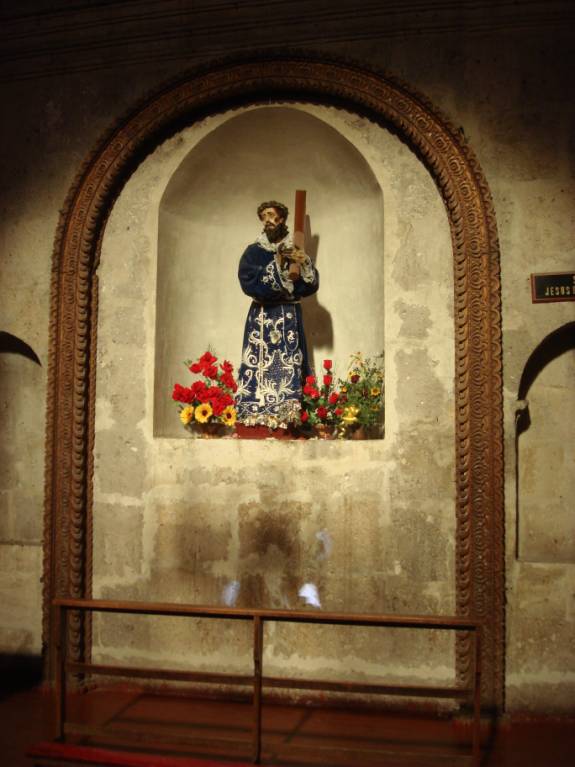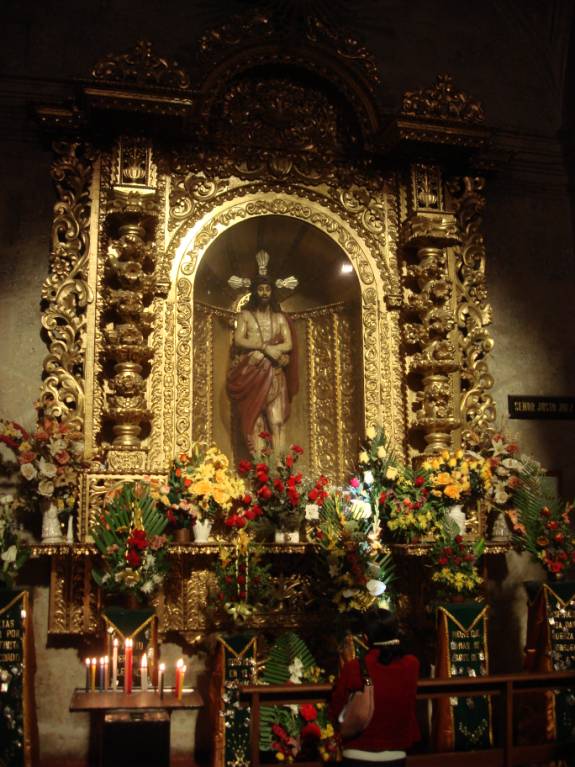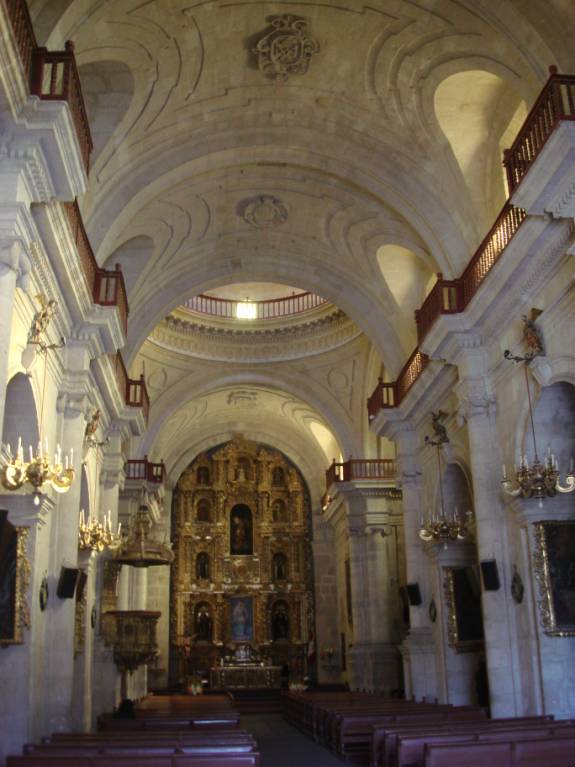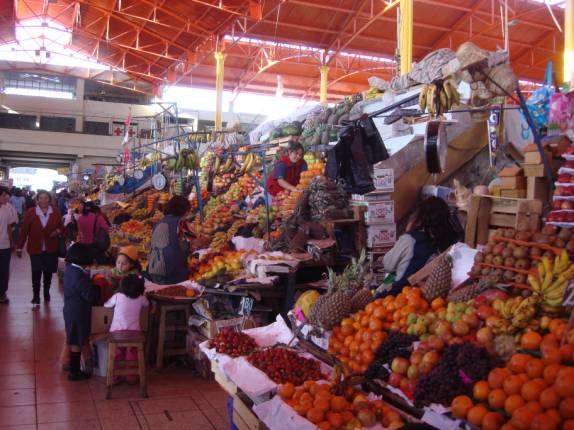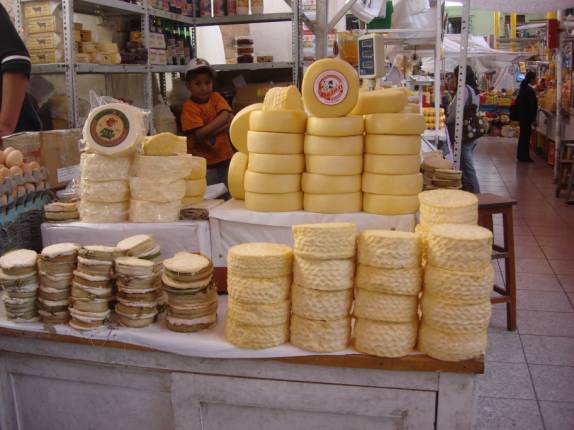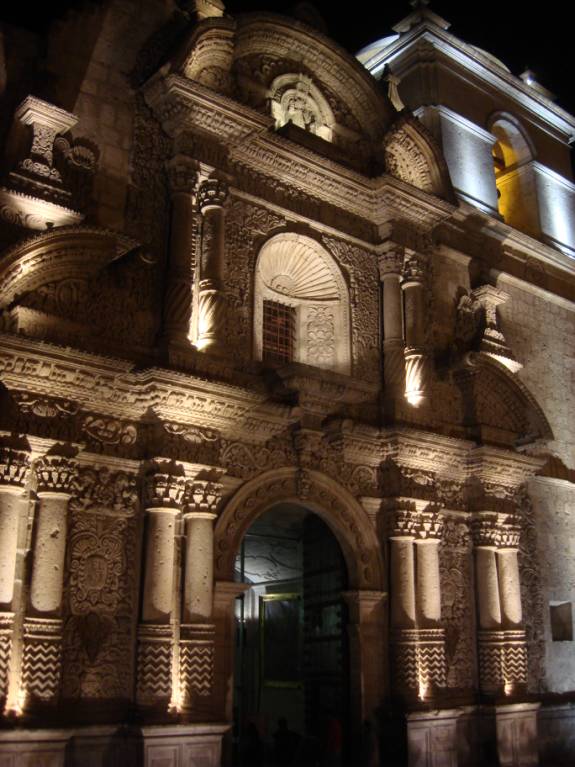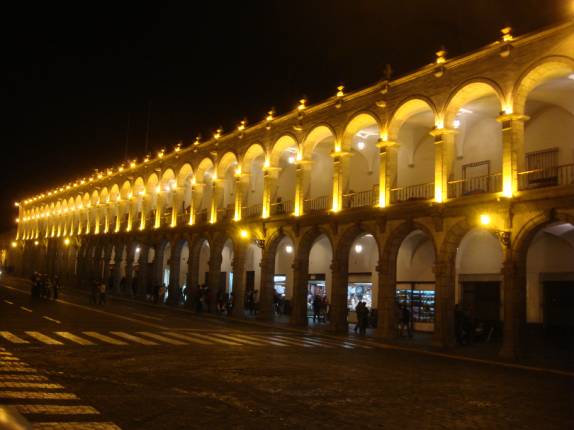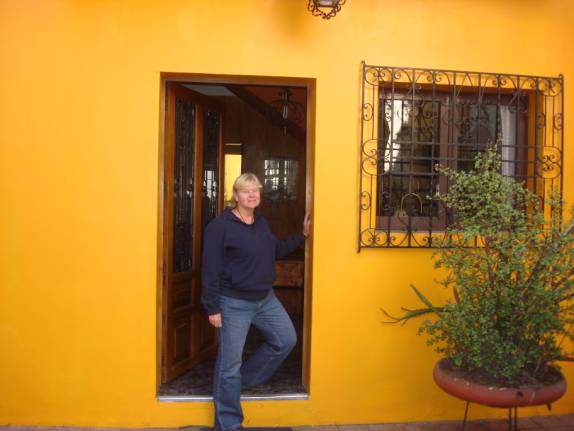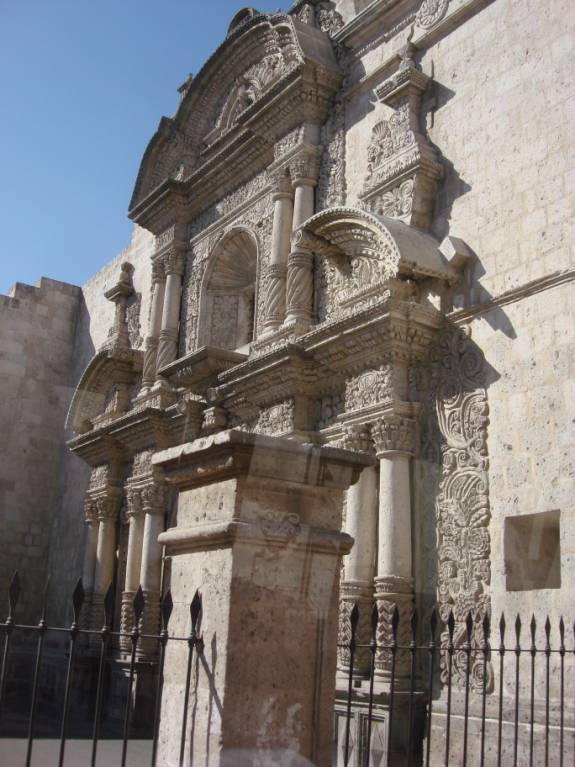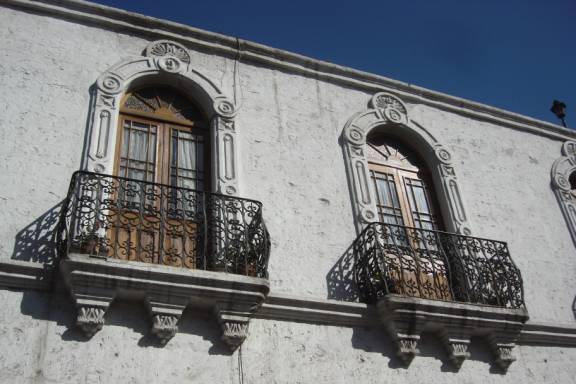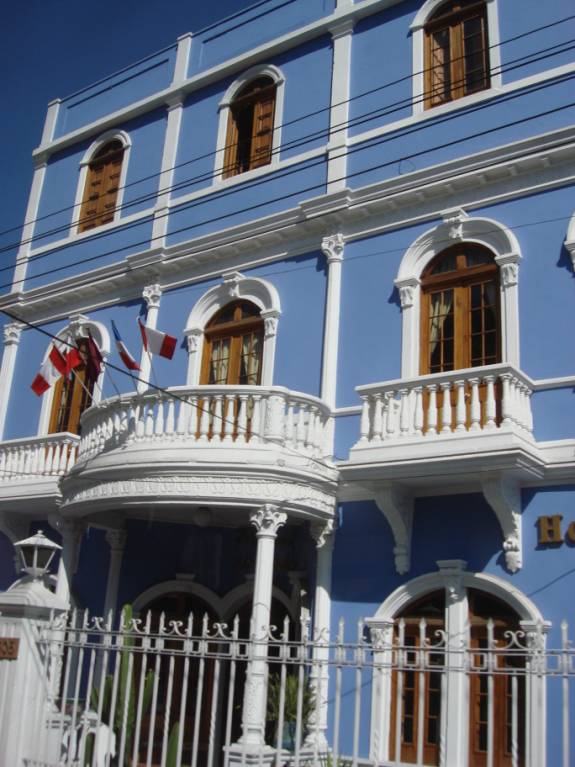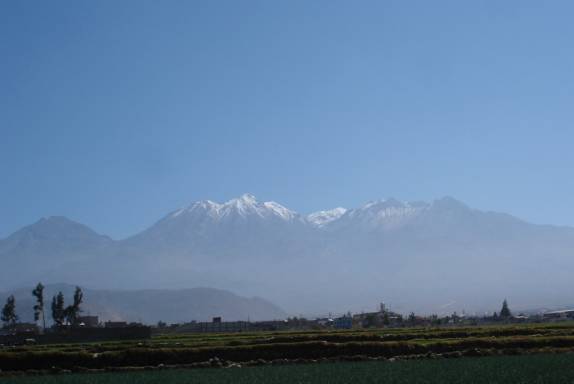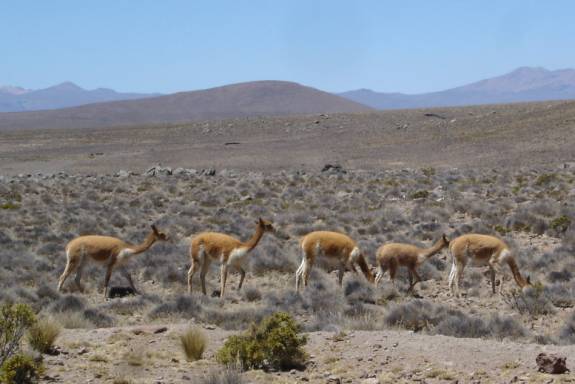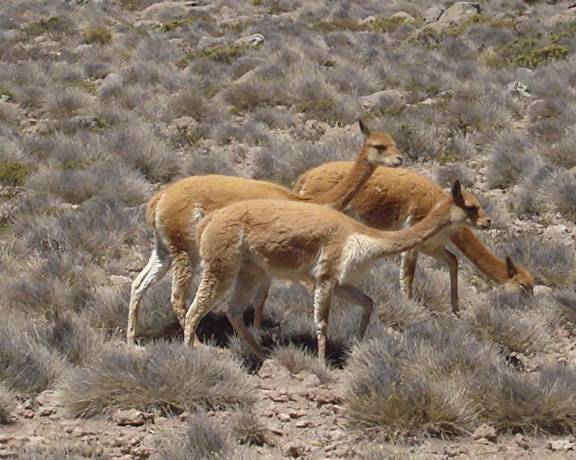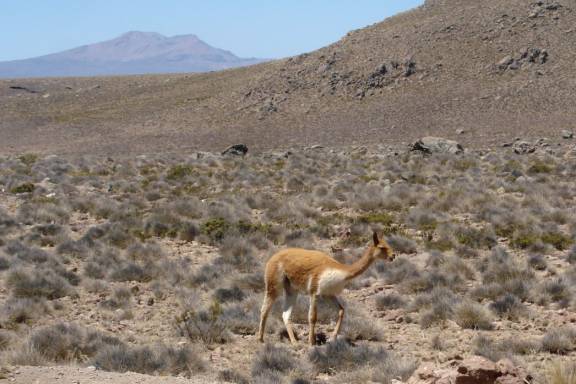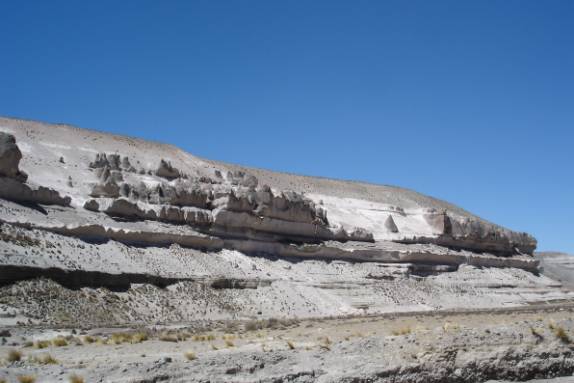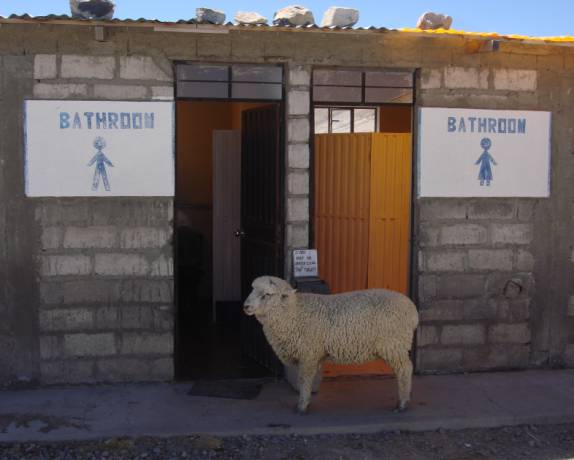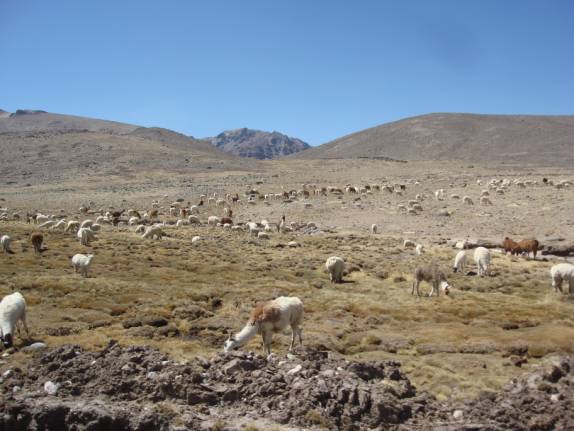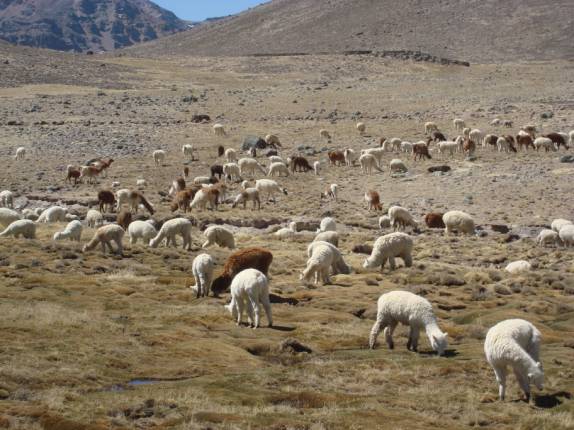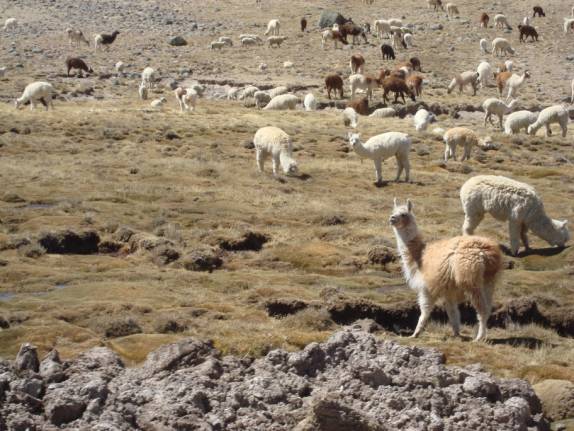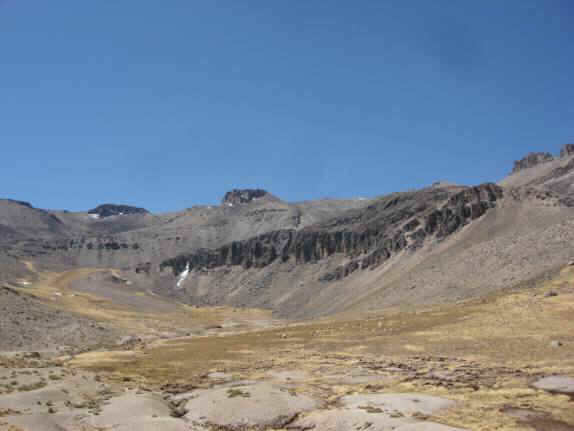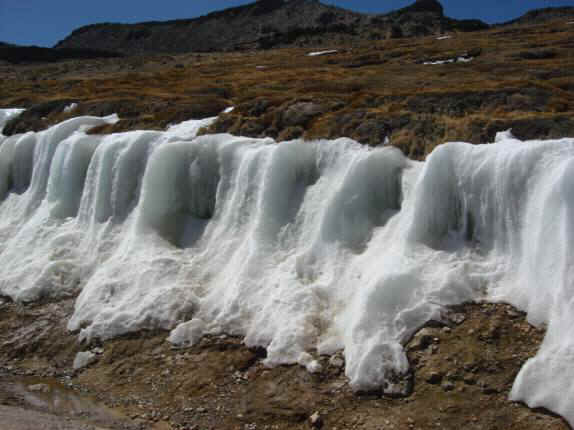|
|
|
|
Site Index:
|
UPDATE#25
08/31
thru 09/02/08
Howdy
Everybody, The
many adventures of 2006, 2007, and through 08/30/2008 have been published on the
website.
We now continue with this latest edition. UPDATE
2008 #25
08/31/08, 09/01/08, and 09/02/08 AM At
last update, we were experiencing our adventure on Lake Titicaca and the
islands.
08/31/08
SUNDAY
VILLE ORINOJON – AMANTANI –
TAQUILE - PUNO
It was a fairly chilly morning for early rising when the alarm went off
at 7am.
Without the luxury of running water and the unwillingness to go
completely native, we opted to forego much of an attempt to wash up.
Our breakfast was ready as we crouched through the short doorway leading
into the eating area.
Inside, the open cooking fire warmed the cozy room.
Analin had coffee served and a small can of evaporated milk to lighten
our cups of java.
She made pancakes for each of us and they were delicious.
After we had packed up, Judy gave Analin a very special gift that she had
handcrafted for her.
It was wonderful to see the big smiles on both of their faces when Judy
placed the lovely shell necklace around Analin’s neck.
It was a joy for me to see a special bond of friendship that extended
between these women from two different hemispheres and two vastly different
lifestyles.
With the little one bundled on her back, Analin was ready
to accompany us to the muelle (boat dock).
I got the feeling that Nestor and Analin, our family hosts,
had enjoyed having us here almost as much as we enjoyed being with them.
They will remain fondly in our memories and in our hearts.
This is the community social center where we had the music and dancing
last night.
Of course, this is winter in the southern hemisphere.
Many of the fields are waiting for the springtime to start planting.
With warmer temperatures and needed moisture during the rainy season,
these awaiting furrows will sprout with fresh vegetables.
A simple nod and a gentle smile let us know that we have been welcomed
guests to their island.
After a 20-minute, fast-paced hike, our family group arrived at the docks
for the 8:30am shove-off. The various other home groups had already boarded our
tour boat.
As soon as we boarded, we popped right up to the roof deck.
Judy and Amy were enjoying their time chatting together.
Our voyage to Taquile Island was only a 1-hour trip.
The muelle (dock) for disembarkation was located on the remote
side of the island.
A couple of hours hiking up the steep hill trails would be physically
demanding at this high altitude.
The altitude of the lake started us at 12, 507 feet (3198 m).
With only about 4.5 square miles of land, the approximately 2000
inhabitants cling dearly to the Quechua traditions of their ancestors.
Until recent years, they seldom married outside their island or even with
their Aymara-speaking neighbors, however, the government has been urging more
outside marriages because of numerous birth defects resulting from the too
closely related, marriage traditions.
Taquile is known worldwide for their high quality, handmade
weavings.
We had an opportunity to observe the way it has been done for centuries.
Even as the people walk, they are constantly busy doing something.
Most women can be seen spinning their clumps of alpaca wool into strands
of yarn.
The Quechua tradition of busy hands adheres to one of the three golden
rules given by Inti, their Sun God; the pertinent rule, Ama Quella,
means, “Do Not be Idle”.
The other two golden rules are, Ama Suwa (Do Not Steal) and Ama
Llulla (Do Not Lie).
This stone archway indicated that we are entering Taquile Corazon
(Heart of Taquile).
Our initial thinking was that the long, steep trail may have been
responsible for our labored breathing but, perhaps, just perhaps, it was all of
this magnificent scenery that was taking our breath away.
Terrace farming is as evident today as it was in pre-Inca times.
With no vehicles on the island and very few pack animals, most of the
heavy burdens literally rest square on the backs of the indigenous inhabitants.
A small Catholic chapel occupies a corner of the central Plaza Principal.
Both men and women perpetuate the island’s traditions of hand weaving
fine objects.
They have even organized a union of weavers.
This old-timer appears to be “spinning a yarn” in the form of
a tall tale, while the other appears to be “spinning a yarn” in the form of
a handicraft.
An ornamental archway faces into the center of Taquile and the Plaza
Principal.
The reddish building houses the works and products of the weavers’
union.
This restaurant was the personal choice of our guide, Cesar Flores.
He likes it because they only use the freshest fish for their signature
dish, Trucha
A La Plancha (grilled trout).
Judy agreed that it was the best she’d ever had.
I really enjoyed their homemade, quinoa soup.
Throughout our travels, the young kids would often look curiously at
Judy’s blond hair.
Once we passed through this archway, we had to descend 547 stair steps
before reaching the boat dock.
.
Yesterday had been market day on the mainland.
After recently returning by local boat, numerous heavily laden islanders
were strenuously lugging their bundled wares up the steep flights of steps.
Amazingly, most still had the strength and energy to offer a friendly
smile.
Our tour boat had been ferried around from the other side of the island
to pick us up. Those visitors that didn’t want to make the hike were allowed
to stay on board for the ride.
John Paul, the Texan and graduate student at the University of Chicago,
enjoyed chatting with these two travelers (gray caps) from Austria.
This very nice Australian gal was traveling with this Italian fellow.
Three of them work at the same medical facility in Britain now.
There were other travelers toting passports from Australia, Austria,
France, Italy, Britain, Spain, Argentina, Brazil, and the USA.
The fellow in the blue Nike hat is a Brit and the third member of the
medical group.
Seated in the corner at the stern is our Chilean-born, Texan friend,
Paul. We
all had to don our lifejackets and remain on the lower deck because the Guarda
Costas (Coast Guard) patrol boat had
been spotted on the distant horizon.
They have imposed strict safety regulations on the tour boats after a
tourist fell overboard and drowned last year.
Of course, the restrictive rules only seem to apply when the vigilant
patrol boat is in the area.
Routinely inspecting most passing vessels, they boarding our tour boat to
check documentation and look for obvious violations.
Before long, our boat returned to its slow, chugging speed.
Amy had turned her ankle on a stone while hiking on Taquile.
Her husband and son had helped her hobble down all the steps but she was
experiencing some pain and swelling now.
Cesar bathed her foot with a jug of cold lake water before wrapping the
ankle tightly with an elastic bandage.
This, my friends, is what my life is all about.
…and it sure is fun to make new friends and acquaintances while
traveling.
Amy and Judy seemed to hit it off nicely.
Both Paul and Amy are international business lawyers and multi-lingual.
Paul was very comfortably and fluently speaking French with a couple of
Parisian travelers on board. He also speaks English, Portuguese, and Spanish.
Several hours later, we re-entered the canals leading through the marsh
reeds toward Puno Bay.
Even though we saw numerous tour boats underway in the bay and lake,
large numbers of the fleet were stagnantly rafted together at the docks.
Our tour guide, Cesar Flores, has been absolutely
fantastic in every way and earned our respect, appreciation, and a nice gratuity
tip. If
you ever have the opportunity to experience this fabulous adventure trip, I hope
you have the good fortune to have Cesar too.
After the 3-hour boat trip in absolutely perfect conditions, the bus
dropped us at our individual hotels at about 4:30pm.
We, of course, were very pleased to be staying again at the comfortable
Hotel Buho.
We had the same room #148 and the staff soon brought our stored luggage
to the room.
With all the hiking and climbing around on dusty gravel pathways, my
shoes were in desperate need of a good cleaning.
Numerous lads eagerly solicited their chance to shine your shoes for the
mere price of S./1 (35 cents).
Now I’m “looking good in the neighborhood”.
Anxious to attempt ordering the right meal, we returned to the Qori
Brazos Restaurant.
This time I managed to correctly order the Brochetas
de Mixto consisting of one skewer with Lomo
de Res (beef tips) and another with Pechuga
de Pollo (chicken breast).
Also ordered from La Carta (printed menu) were Champiñones
a la parilla (grilled mushrooms) and
another small plate of sliced tomatoes.
Judy’s plate came out beautifully decorated with a nice presentation.
The radish slices were attractively tucked into a little, carved tomato
basket.
Keenly aware that we had an early departure time tomorrow, we took a
MotoTaxi to the central bus terminal to pick up our tickets from Cruz del Sur.
We had already reserved and paid for them using the internet but needed
the actual paper tickets.
We also needed to purchase the Tasa
de Embarque (official stamp for departure
tax) from the special booth.
Another MotoTaxi zipped us safely back to the hotel.
We noticed that they drive much more conservatively here than in some
other Peruvian cities.
After showering away the accumulation of travel dust and dirt from our
tired bodies, these two exhausted travelers crawled snugly into bed by 9:30pm. 09/01/08
MONDAY
PUNO – AREQUIPA
Morning wakeup showers followed the 7am alarm.
By 8am, we were all packed and enjoying the inclusive breakfast.
The Hotel Buho had the best setup yet with an assortment of fruits,
coffee, eggs, lunchmeats, cheese, orange juice, and bread.
I happily paid the hotel bill for our two nights at the discounted rate
of $40 US per night.
On the way to the terminal in a taxi, we passed by the Plaza de Armas
where, for some reason unknown to us, a large group of Indigenous women were
patiently gathered.
By 8:30am, the taxi had us at the Terminal Terrestre (central terminal) and
checking our bags with Cruz del Sur.
We were amazed to see two motorcycles being loaded into the cargo hold.
Although I would never have thought of that, what a great way to safely
and comfortably get between distant cities on a dirt bike.
The crew took good care in loading the bikes.
The 9am departing bus climbed out of the city giving us a great view of
Puno below.
Once again, we enjoyed wonderful weather.
The gorgeous views of the scenic terrain were astounding.
Many of the ranches located along the Altiplano (high plains) are sectioned off
with fieldstone walls and animal pens.
Everywhere we have traveled, we have experienced many kinds of different
and unusual landscapes.
The exciting travels never get the least bit boring.
Llamas, alpacas, and sheep roam in quest of tender grass niblets.
…Llamas…
Interesting farming techniques and patterns form intricate designs on the
land.
At 2:20pm, just 5 hours and 15 minutes from leaving Puno, we arrived in
the city of Arequipa at their special terminal
serving Cruz del Sur and several other bus lines.
With lots of companies operating to many different locations, as well as
various levels of passenger services, there are numerous separate terminals
spread throughout the city.
Carrying a name board to identify us, our hotel representative hailed a
taxi and escorted us to the Hostal Bolivar near the historical
center of the city.
They showed us to our nicely furnished room #12 located upstairs on the
third floor.
As previously arranged through several internet emails in Spanish only,
we signed up for the Colca Canyon Tour departing tomorrow.
They arranged the two-day, one-night excursion for only $28 US per person
including overnight hostal accommodations, transportation, and an
English-speaking tour guide.
For this tour, meals and admission fees were not included.
With our immediate business needs taken care of, we turned our attention
to this beautiful city.
Many of the colonial style buildings have been constructed with a unique,
white colored volcanic rock, called Sillar.
Many have called Arequipa, El Ciudad Blanco (the White City).
Surrounding the Plaza de Armas in the historical center, the Cathedral
spans the whole of one side.
Around the remaining three sides, magnificent colonial buildings are
graced with huge, symmetrical porticos.
In the brilliant sunlight, they boldly stand out against the dazzling,
azure blue skies in stunning white contrast.
Lots of pigeons, people, palms, and fountains beautify this wonderfully
captivating area.
The Jesuit church, La Iglesia de la Compañía, glistens with its
white-lava, sillar
blocks and intricately carved facades.
The interior of the church is especially noted for its ornate,
gold-leafed embellishments.
Roaming the streets and avenues invariably led us to the market section.
The vast assortment and different varieties of Quesos
(cheeses) caught my interest.
Retracing back through the main center, we sought to explore in a
different direction.
Yet another white church glowed in the late afternoon sun.
The volcano Misti stands out behind the church.
After dark, the spotlights illuminate the Iglesia de la Compañía
emphasizing the decorative relief carved deep into the stone facade.
The arched portales of the colonial buildings were
remarkably beautiful with their strategically placed lighting.
For dinner, we chose the busiest and nicest-looking chicken restaurant
that we’d seen during our walking tour of the city.
Judy chose the breast portion, quarter chicken served with Papas
Fritas
(French fries) and salad.
I tried the Aguaditos de Pollo, a tasty, chicken based
soup. A
plate of red, ripe tomatoes always puts a smile on my face.
For dessert, Judy couldn’t resist the temptation of chocolate mousse.
Well,what do you know, we found anotherTragamonedas (slot machine casino)
that allowed us to play for quite a while before snatching away our $3 or $4
dollars worth of tokens.
Back at the room in the Hostal Bolivar, we enjoyed a little snack of
fresh fruit salad and some fresh tomatoes that were purchased at the local
grocery store.
Yummy.
Obviously tired from another busy day of sightseeing, we were soundly
sleeping by 10pm. 09/02/08
TUESDAY
AREQUIPA – CHIVAY HAPPY
BIRTHDAY to CHRIS LAW
(Judy’s second of three sons)
The alarm was set for 6:30am, however, we did not make it down for coffee
and breakfast until almost an hour later.
The offered beverage this morning was freshly squeezed apple juice.
I managed to finished off the remaining tomatoes and a container of
yogurt from the grocery store.
We secured our main luggage in the storage room, taking only our small
daypacks.
Hector arranged for the tour bus to pick us up first so we could get the
best choice of seats.
At 8:15a, we took the first two seats on the right.
For some strange reason, we rode around and around the city in circles
picking up the rest of the group.
It must have been 9:30a before we rode out of the city.
Fortunately, it was fun to see so much of the city and its lovely
architecture.
Just at the outskirts of Arequipa, the police flagged us down for a
vehicle documents check.
Fifteen minutes later and a few miles further, we stopped for a photo
opportunity of two volcanoes, El Misti and El Chachani.
The snowcapped El Misti climbs upward to 5822 m where its sulfur crater
still exhales noxious gases from yellowed fumaroles.
The highway cuts right through the middle of a huge wildlife preserve
called the
Reserva
Salinas Y Aguada
Blanca.
Dedicated to the protection of the Vicuñas population, the animals can
freely graze in the wild and rebuild their previously diminishing numbers.
As an endangered species, there are very strict rules and regulations
established to impose severe penalties on anyone causing them harm.
We were told that if any driver accidentally hits and kills a vicuña, he
faces an astronomical fine and will spend the next eight years in jail.
Vicuñas are one of four members of the camel family found in Peru.
The Guanaco is quite rare and very seldom seen; the other two have been
domesticated and are the Llama and the Alpaca.
Huge sand pillars formed by many centuries of continuous erosion present
an awesome sight in the community of Patapampa.
Looks like there was a waiting line for the ladies restroom.
Did you ever have one of those silly days when you just wanted to try on
different hats from the store rack?
No, I didn’t think so; however, I did and I tried on several dashing
chapeaus including this snappy, western number and a knitted beret too.
Yee-Haw!!!
Huge flocks of alpacas and llamas roam the open range of the Peruvian
altiplano
(high plains).
As the tour bus climbed higher and higher into the mountains, the
temperature kept dropping to where traces of ice and snow could be seen.
There is something very alluring about a remote, winding road through the
mountains.
We continued our journey onward and upward toward the town of Chivay.
The remaining adventures of today will be continued in the next update
edition that picks up where we now leave off at midday on Tuesday, September 2nd. TO
BE CONTINUED…SOON…
Please let us know if you have any special suggestions and thoughts.
Thanks for allowing us to share our life and adventures with you. Lotsa
Luv, Fred
Reed and Judy Law AMARSE MT40 "AMARSE". is pronounced "AM-ARE-SAY". Our website is: www.amarse.net .
|
|
Fred H. Reed |
www.amarse.net © 2006 2007 2008 2009 2010 2011 |

